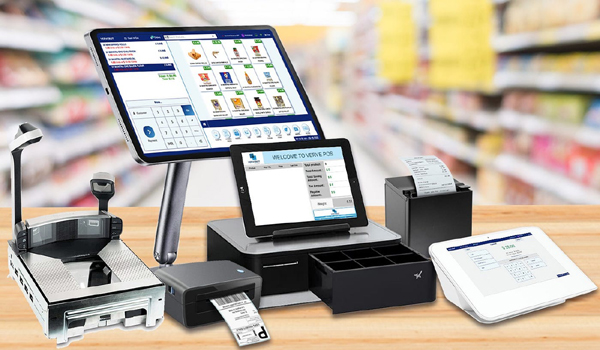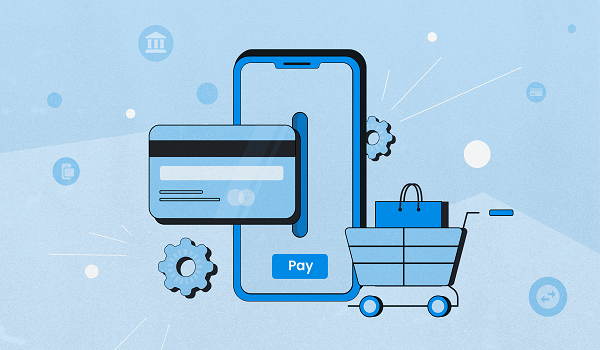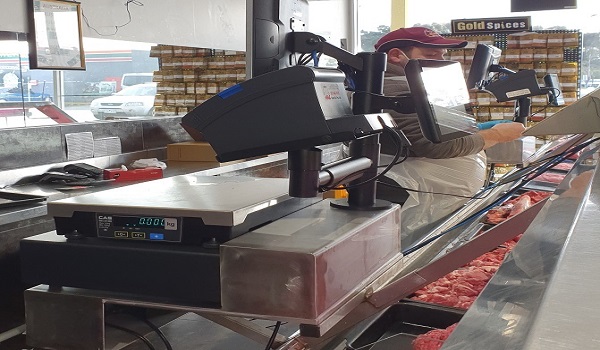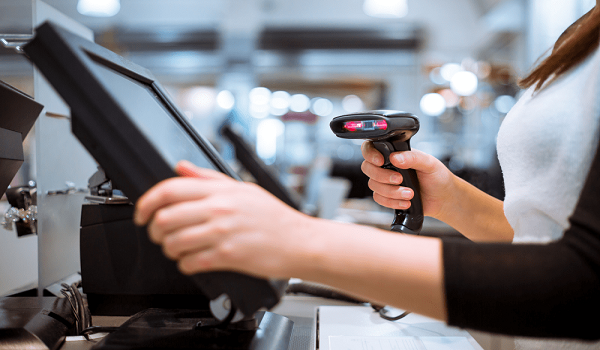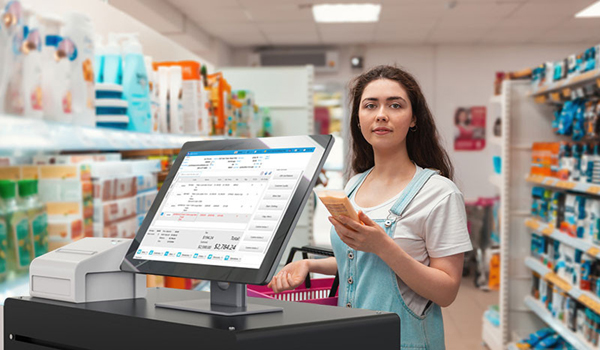
Microsoft RMH software for supermarket in Pleasanton
Staying competitive and delivering exceptional customer experiences is paramount for supermarkets. Microsoft Retail Management Hero (RMH) software has emerged as a game-changer, empowering supermarkets to streamline operations, enhance customer service, and drive profitability. In this blog, we will explore three key topics highlighting how Microsoft RMH software can transform your supermarket business.
Efficient Inventory Management
Efficient inventory management is the process of overseeing and controlling a company's inventory in a way that optimizes various aspects of the business, including cost, cash flow, and customer service. The goal is to ensure that a business has the right amount of inventory on hand at the right time to meet customer demand while minimizing carrying costs and the risk of overstock or stockouts. Here's a more detailed explanation of the key components and benefits of efficient inventory management:
- Inventory Tracking: Efficient inventory management starts with accurate tracking of all products in stock. This involves recording each item's quantity, value, and location within the warehouse or store. Modern inventory management systems often use barcodes, RFID tags, or software to automate this process, reducing the risk of human error.
- Demand Forecasting: To maintain efficiency, businesses must forecast demand for their products. This involves analyzing historical sales data, market trends, seasonality, and other relevant factors to predict how much of each item they need to stock in the future.
- Reorder Point and Safety Stock: To prevent stockouts, companies set a reorder point. When the inventory level reaches this point, a reorder is triggered to replenish stock before it runs out. Safety stock is an extra buffer of inventory kept on hand to account for unexpected fluctuations in demand or delays in the supply chain.
- Carrying Costs: Carrying costs refer to the expenses associated with holding and storing inventory. These costs include warehousing, insurance, taxes, and the opportunity cost of tying up capital in unsold goods. Efficient inventory management seeks to minimize these costs by optimizing stock levels.
- Economic Order Quantity (EOQ): EOQ is a formula that calculates the ideal order quantity to minimize total inventory costs. It considers factors like order and holding costs and helps determine how much to order each time to achieve cost efficiency.
- Just-in-Time (JIT) Inventory: JIT inventory management aims to reduce carrying costs by ordering and receiving inventory just in time to meet customer demand. This approach minimizes excess inventory on hand but requires precise timing and a reliable supply chain.
- Vendor Management: Efficient inventory management often involves working closely with suppliers to ensure timely deliveries and minimize lead times. Building strong relationships with reliable suppliers can improve overall inventory efficiency.
Efficient inventory management is crucial for businesses to balance the costs and benefits of holding inventory while meeting customer demand effectively. It requires careful planning, accurate data analysis, and the use of appropriate tools and techniques to achieve these objectives.
Enhanced Customer Experience
Enhanced customer experience (CX) refers to the deliberate efforts and strategies implemented by businesses to provide customers with exceptional interactions and satisfaction throughout their entire journey with the company. It encompasses every touchpoint and interaction a customer has with a brand, from the initial awareness and consideration stages to the purchase, post-purchase support, and ongoing engagement. Here's a breakdown of the key elements and benefits of enhanced customer experience:
Key Elements of Enhanced Customer Experience
- Personalization: Businesses leverage data and insights from customers to craft tailored interactions, products, and services that align precisely with individual customer requirements and preferences. This level of customization fosters a sense of value and understanding, ultimately enhancing the customer experience.
- Seamless Multi-Channel Engagement: Customers expect a consistent and seamless experience whether they interact with a brand through the website, mobile app, social media, in-store, or via customer support. Integration across channels is essential for an enhanced CX.
- Ease of Use: Products and services should be designed with simplicity and user-friendliness in mind. This includes intuitive website navigation, easy-to-use apps, and straightforward purchasing processes.
- Quick Responsiveness: Customers appreciate timely responses to inquiries, issues, and support requests. Efficient response times contribute to a positive perception of the brand.
- Transparency and Trust: Building trust is critical for a positive CX. Transparency in pricing, policies, and product information helps customers make informed decisions and fosters trust in the brand.
- Proactive Communication: Businesses can enhance CX by proactively communicating with customers about order updates, relevant promotions, and product recommendations.
- Exceptional Customer Support: Responsive and knowledgeable customer support is crucial. Customers should have easy access to help when they need it, and their issues should be resolved quickly and effectively.
- Consistent Brand Identity: A clear and consistent brand identity and messaging help customers understand and connect with the brand's values and mission.
Robust Reporting and Analytics
Robust reporting and analytics refer to the use of data-driven tools and processes to gather, analyze, and present information that aids in informed decision-making and improves the overall performance of a business or organization. This approach involves collecting data from various sources, applying analytical techniques, and generating meaningful reports and insights. Here's a breakdown of the key components and benefits of robust reporting and analytics:
Key Components of Robust Reporting and Analytics
- Data Collection: Gathering data from multiple sources, including internal systems (e.g., CRM, ERP, and financial software), external sources (e.g., market research, social media, and website analytics), and even IoT devices.
- Data Integration: Combining data from different sources to create a unified and comprehensive dataset. Data integration ensures that all relevant information is available for analysis.
- Data Cleaning and Preparation: Cleaning and preprocessing data to remove errors, inconsistencies, and missing values.
- Data Analysis: Applying statistical and analytical techniques to uncover patterns, trends, correlations, and insights within the data. Common analysis methods include descriptive statistics, regression analysis, clustering, and machine learning algorithms.
- Visualization: Presenting data and insights in a visually appealing and easily understandable format, such as charts, graphs, dashboards, and interactive reports. Visualization aids in conveying complex information to stakeholders.
- Visualization: Presenting data and insights in a visually appealing and easily understandable format, such as charts, graphs, dashboards, and interactive reports. Visualization aids in conveying complex information to stakeholders.
- Predictive Analytics: Using historical data to make predictions about future trends, customer behavior, or business outcomes. Predictive analytics can help with forecasting and proactive decision-making.
- Prescriptive Analytics: Providing recommendations for actions to take based on the insights gained from data analysis. Prescriptive analytics helps businesses optimize processes and make better decisions.
Conclusion
In this comprehensive guide, we've explored the transformative power of Microsoft RMH software for supermarkets. From its robust features and customizability to its potential for enhancing customer experiences, Microsoft RMH has proven itself as a crucial tool for modern supermarkets. As technology continues to evolve, embracing solutions like Microsoft RMH software for supermarkets ensures that these businesses can stay competitive, streamline operations, and meet the ever-changing demands of their customers. By harnessing the capabilities of this software, supermarkets can pave the way for a future of efficient, data-driven, and customer-centric retail management.


